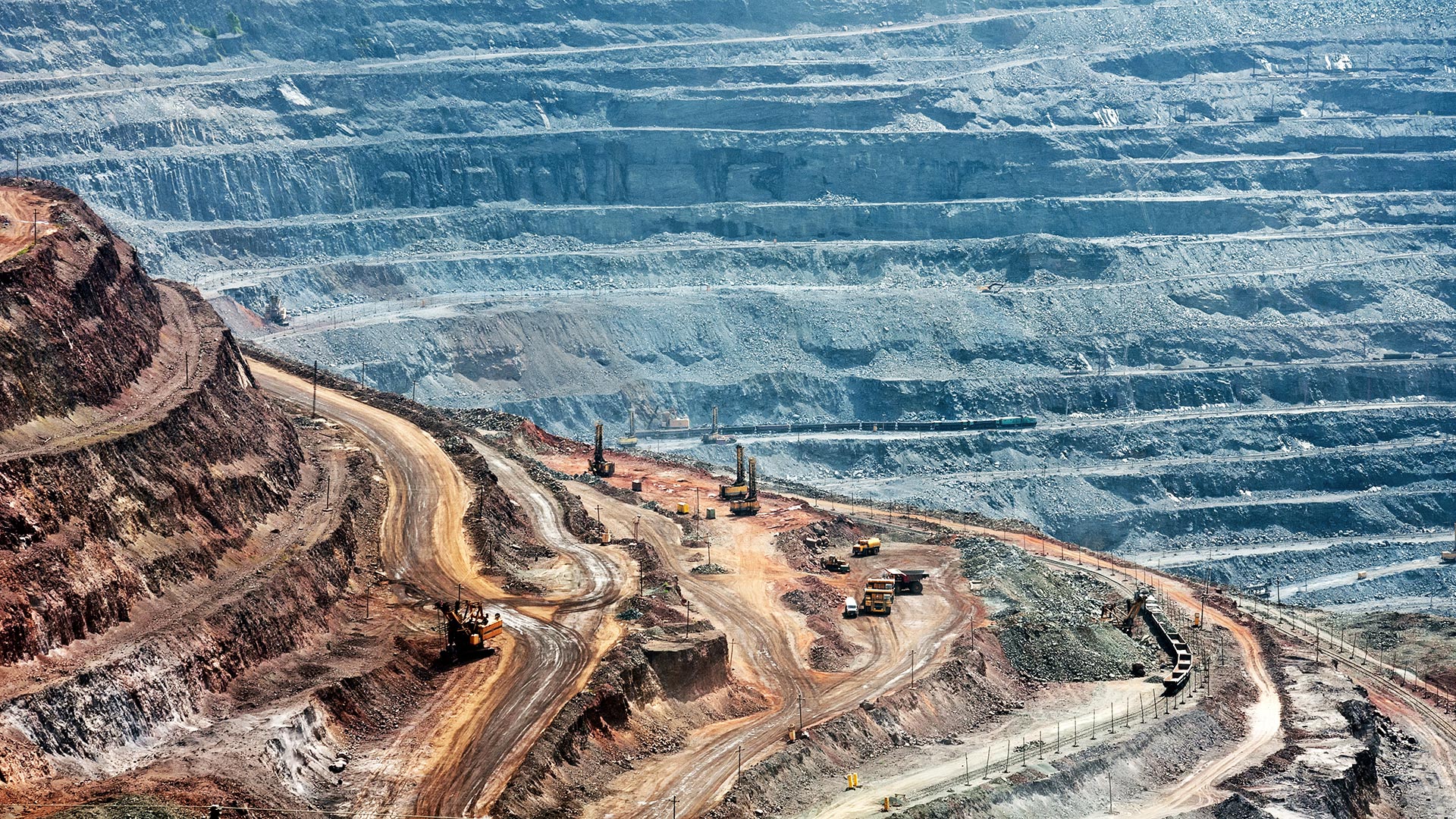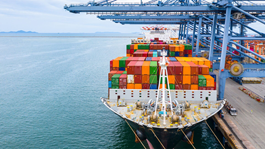Introduction
The critical role of mineral production in the achievement of a sustainable energy future cannot be understated. According to a recent World Bank Group report “Minerals for Climate Action: The Mineral Intensity of the Clean Energy Transition”, approximately 3 billion tons of minerals and metals will be required to deploy the renewable energy technologies needed to achieve global warming below 2°C.
Discussions emerging from the COP27 UN Climate Change Conference, held in Sharm el-Sheikh Egypt during November 2022, reiterated that net zero carbon emissions must be achieved before the second half of the century to prevent a significant rise in global average temperatures. COP27 further emphasised that businesses and institutions would be held accountable in regard to their commitments to take action towards mitigating climate change and which is particularly relevant in the context of mining because it is a significant contributor to greenhouse gas (GHG) emissions.
Environmental Social Governance (ESG) has also increasingly become a key criteria for investment in mining. Although the global natural resources industry may seem stuck between a rock and a hard place, the focus should be on striking a sustainable balance between increasing production to meet the high demand for minerals whilst simultaneously reducing GHG emissions.
Driving policy forces
The Paris Agreement marked a cornerstone shift in the global approach towards net-zero emissions. It envisions the reduction of GHG emissions to below 2°C, the facilitation by developed countries of renewable energy projects in developing countries, and the importance of research development on measures to mitigate the impact of climate change. Several mechanisms of accountability and transparency have been put in place to monitor and assess member states’ progress in regard to their climate change commitments and domestic implementation of such commitments. By way of example, every five years, member states will meet to assess their collective progress towards reducing the impacts of climate change, and to report to fellow member states and the public, on the implementation of their domestic climate action.
In South Africa, the Integrated Resources Plan published in October 2019 (IRP 2019) contemplates a “just transition” from fossil fuels to renewables. In July 2022, the South African Presidential Climate Commission published a Just Transition Framework containing principles and policies underpinning the transition in South Africa. One of the key policy areas identified for the just transition is the industrial development to which the mining sector can be a key role player in providing the minerals needed for the transition.
South Africa and the United Kingdom (UK) are examples of countries that have implemented domestic climate action. The UK has promulgated the Climate Change Act, 2008 as part of its efforts towards domestic implementation of climate change measures and which expressly refers to the target of an 80% reduction in carbon emissions (relative to the levels in 1990) to be achieved by 2050. In the furtherance of the UK becoming a net-zero transmitter, the Climate Change Act, 2008 was amended in 2019 whereby the reduction target was increased to 100% of the UK’s 1990 levels by 2050. South Africa has also endeavoured to achieve a net zero target by 2050 by way of the Climate Change Bill (B9-2022) (Bill). The Bill seeks to enable the development of an effective climate change response and a long-term, just transition to a low-carbon and climate-resilient economy and society for South Africa in the context of sustainable development. The Bill also aims to provide a framework for an integrated and coordinated response to climate change, to provide for the effective management of climate change impacts, and to provide a fair contribution to the global effort to stabilise GHG concentrations.
A mineral intensive transition
Renewable energy technologies are mineral intensive. The majority of solar photovoltaic (PV cells) comprise crystalline silicon while Solar PV components mainly consist of silver, aluminium and copper. Wind turbine installations largely make use of iron and copper. The IRP 2019 contemplated an additional capacity of 14400 MW of wind, 6000 MW of Solar PV by 2030, illustrating the demand for such technologies for security of supply in South Africa.
Another key aspect of energy security, is that of intermittency in the context of renewables: the sun does not always shine, nor does the wind always blow. Battery storage has become increasingly important in this respect. Lithium ion batteries are the primary technology used in energy battery storage systems, with redox flow and sodium ion batteries being upcoming technologies in this space. Another key use case for battery technologies in the context of decarbonisation is its use in electric vehicles. While lead-acid batteries have traditionally been the leading technology, lithium ion batteries are becoming more prominent.
Green hydrogen has been identified as a key component of the energy transition. As it is decarbonised hydrogen made by renewable energy sources such as wind or solar, this makes green hydrogen the cleanest option in comparison to other forms of hydrogen extraction and furthermore, it does not emit polluting gases during combustion or during production. Green hydrogen can be stored easily, which allows it to be used for other purposes, and at a later stage following its production. Green hydrogen also provides the advantage that it can be transformed into electricity or synthetic gas which could be used for commercial, industrial or mobility purposes.
Namibia aims to become the leading country in respect of green hydrogen projects and this seems like no challenge to the country. By way of example, in the Country Case Study of Namibia at Mining Indaba 2023, the Minister of Mines and Energy referred the recent hydrogen partnership entered into between Namibia and Germany which would enable several unprecedented pilot projects in the field of green hydrogen technology, as well as Namibia’s shift to an online licensing regime by August 2023 to facilitate access to mineral resources and so that applications are dealt with more speedily. The abundance of solar and wind resources and space in Namibia sets it apart from other countries, and provides it with an advantage to offer low-cost green hydrogen production. The Luderitz Wind Power Plant (LWPP), is a 40 megawatt onshore wind power project planned in the Karas. The project is headed by NamPower and is expected to generate 175, 200 MWh of electricity. The objectives of LWWP are to support renewable energy commitments and provide renewable energy outside of the typical PV dispatch profile, and further, to reduce the overall NamPower tariff to customers by introducing affordable newly built renewable energy to the Namibian grid.
In regard to innovation in the green hydrogen space in South Africa, Anglo American’s unveiling of the world’s largest hydrogen-powered mine haul truck at its Mogalakwena PGMs mine in 2022 has set the bar high for measures towards clean energy usage in mining. At the Mining Indaba 2023, Keynote Panel Debate on security of supply in Africa’s metals and minerals super cycle context, Anglo American Platinum’s Natasha Viljoen stated that the world is heading towards another super cycle which requires a 500% increase in mineral resource supply and which therefore lies at the heart of technological development in the energy transition. In view of South Africa’s endowment of minerals, land and natural resources, she referred to South Africa as being ideally suited in the context of the energy transition.
The pressure to decarbonise
While increased production of metals plays a critical role in the green mining value chain required to achieve a net zero future, the mining industry is under pressure to decarbonise. Mining companies are increasingly making use of renewable energy to power their operations. In South Africa, the Department of Mineral Resources and Energy (DMRE) initially published amendments to Schedule 2 of the Electricity Regulation Act, 2006 (ERA) increasing the licensing exemption threshold from 1 MW to 100 MW. The circumstances applicable to this exemption are where the supply of electricity either involves or does not involve wheeling of electricity. Wheeling refers to a transaction whereby independent electricity generators sell electricity directly (or through a trader) to end-use customers via a transmission or distribution network. The latest amendment to schedule 2 of the ERA goes a step further by removing the 100 MW licensing ceiling, only requiring registration with the National Energy Regulator of South Africa (NERSA). The process to register with NERSA is intended to be less onerous than obtaining a generation license, particularly with respect to the commitment made by NERSA to remove the requirement to have a signed power purchase agreement in place.
While the legislative changes may facilitate more wheeling of electricity by mines from renewable energy independent power producers, network rules will have to be developed in respect of IPP generation forecasting and offtake loads to take imbalances into account.
Another key way in which mining companies may seek to meet their net zero targets are by participating in the carbon trade market. Carbon markets involve the sale and purchase of carbon credits. In summary, the rationale behind carbon trade markets is that one tonne of GHG emitted somewhere is being captured somewhere else where greenhouse gasses are being reduced or removed. These markets typically fall within either compliance or voluntary sub-markets. Examples of compliance markets is the European Union’s Emissions Trading System as well as the California Global Warming Solutions Act, 2006. Voluntary markets on the other hand comprise companies who voluntarily purchase carbon credits from projects reducing or removing GHS emissions. The carbon trade system presents key incentives for GHG reduction and removal alongside other efforts to reach net zero.
A sustainable mining future
The mining industry will play a key role in the energy transition from renewables to more sustainable energy sources, both operationally and in terms of mineral output needed for the transition. Sustainable technologies such as solar, wind, battery storage and green hydrogen all require the production of specific minerals and metals. Both policy incentives and liberalisation of the electricity sector regulation are important mechanisms to increase the use or renewable energy in mining operations. In the race towards net zero, it is also important for the energy transition to indeed be just, balancing the need to reduce GHG emissions while mitigating large scale job losses in the fossil fuel sector. Sustainable mining of the future must therefore take all elements of ESG into consideration, ensuring best practice environmental and social governance of operations for the present and the future to come.




